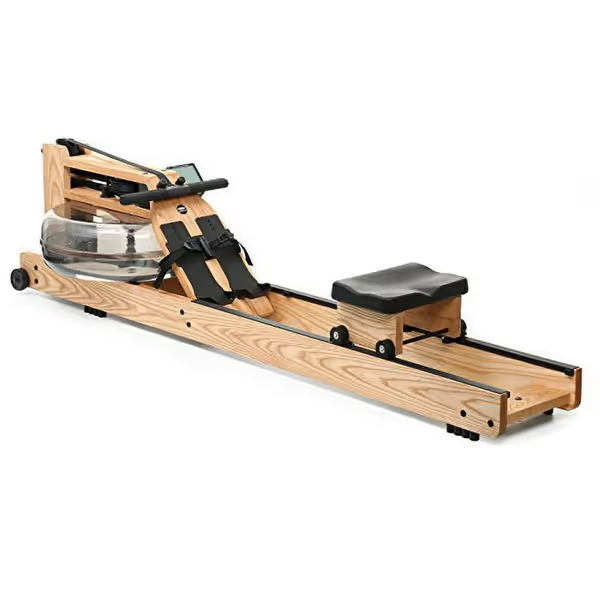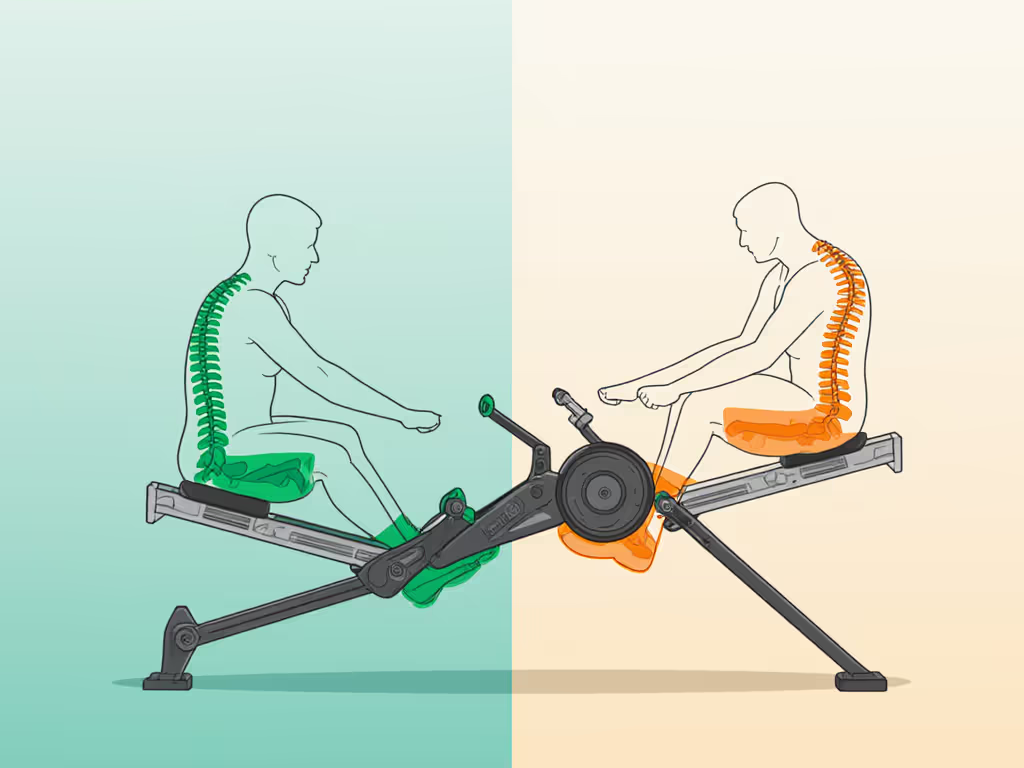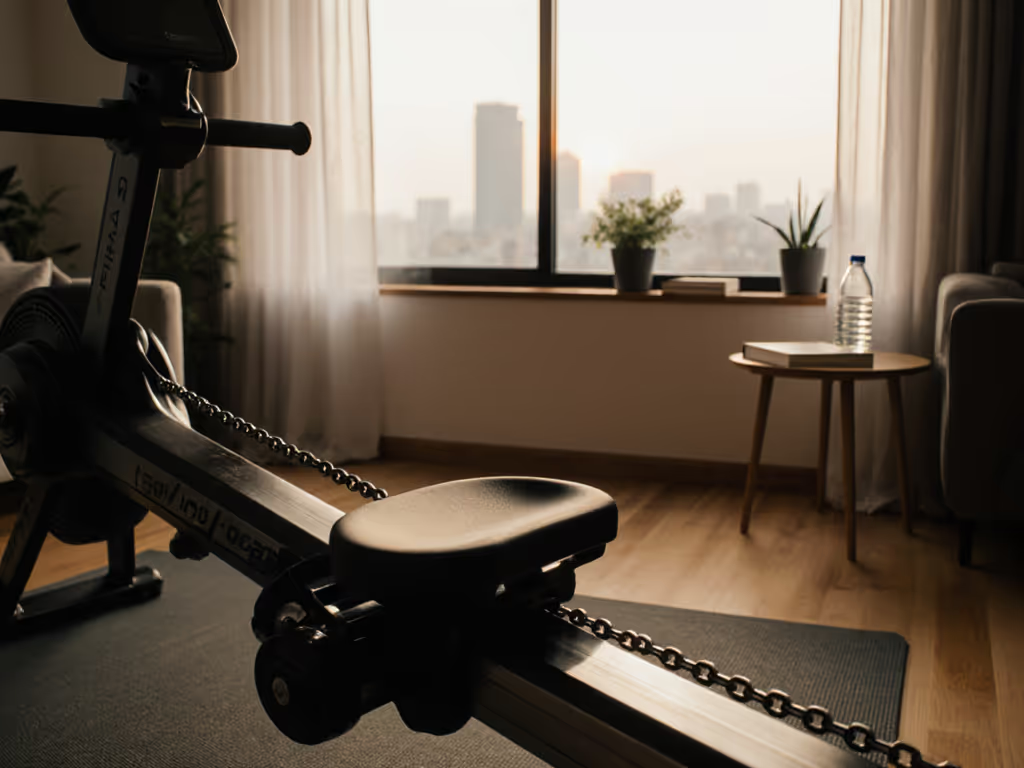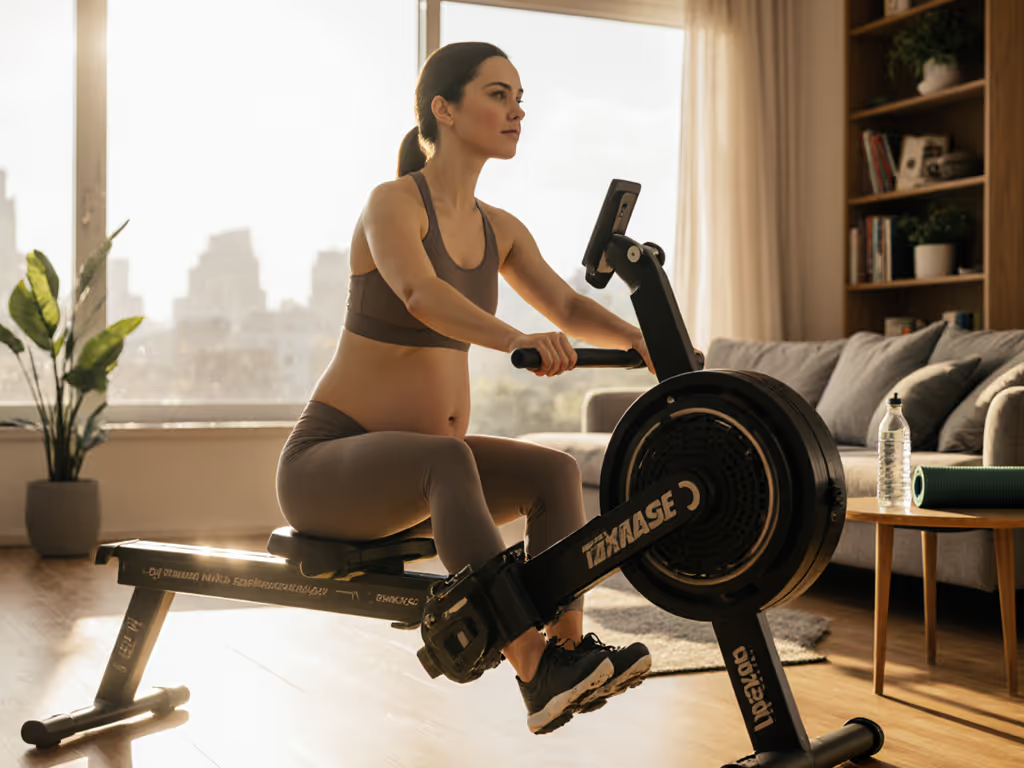
Rowing for Arthritis: Joint-Friendly Technique Guide

For those managing arthritis, finding exercise that eases rather than exacerbates joint pain feels like navigating a minefield. Rowing for arthritis offers a solution that combines cardiovascular benefits with minimal joint strain (when executed with proper technique). Unlike high-impact activities that jolt joints, erg rowing provides a fluid, full-body workout where you control resistance and pace. As someone who audits protocol stacks for fitness data interoperability, I've seen how tracking consistent metrics can reveal meaningful mobility improvements, provided your data stays accessible across platforms. Your data, your routes, your pace should guide your journey, not proprietary walls.
Why is rowing uniquely beneficial for arthritis management compared to other exercises?
Rowing's biomechanics create near-ideal conditions for arthritic joints:
- No impact loading: Unlike running (which generates 2-3x body weight impact forces), rowing maintains constant foot contact with the footplate, eliminating joint-shocking collisions
- Even force distribution: Power generation engages 85-90% of major muscle groups simultaneously, preventing overload on any single joint
- Controlled resistance: Precise intensity adjustment (via damper settings or water resistance) allows pain-free progression
A 2014 study tracking 24 participants with early-stage osteoarthritis showed 30% improvements in joint torques across elbows, shoulders, lumbar, and knees after 8 weeks of structured rowing. This aligns with findings that "motion is lotion", regular movement improves synovial fluid circulation, which nourishes cartilage and reduces stiffness.
What biomechanical adjustments prevent joint aggravation during rowing?
Proper technique transforms rowing from joint-threatening to joint-protective. For a step-by-step visual of the catch, drive, finish, and recovery, see our Proper Rowing Form guide. Key modifications include:
For osteoarthritis (OA):
- Maintain 90-degree knee angle at catch phase (avoid deep knee flexion)
- Push through heels during drive phase (not balls of feet) to reduce patellofemoral stress
- Keep spine neutral during recovery (no rounding)
- Limit stroke length to 75% of maximum to avoid end-range joint compression
For rheumatoid arthritis rowing modifications:
- Reduce grip pressure by 30-50% (use padded handles if needed)
- Decrease stroke rate to 18-22 spm to minimize repetitive stress
- Shorten sessions to 10-15 minutes initially with 2-minute rest intervals
- Add wrist support straps to offload hand joints during pull phase

WaterRower Ash Rowing Machine
How should arthritis patients safely progress their rowing routine?
Start with low frequency, low intensity, and short durations as Dr. Seah recommends in British Rowing Plus: "Begin with sessions once or twice weekly at 10-15 minutes, focusing on smooth technique rather than distance." Key progression metrics:
| Week | Duration | Stroke Rate | Damper Setting | Focus |
|---|---|---|---|---|
| 1-2 | 10-15 min | 18-20 spm | 3-4 (air) / 30% water | Technique precision |
| 3-4 | 15-20 min | 20-22 spm | 4-5 (air) / 40% water | Consistent rhythm |
| 5+ | 20-30 min | 22-24 spm | 5-6 (air) / 50% water | Power application |
Monitor joint response using a simple 0-10 pain scale. For medically informed progressions and safety checklists, see rowing for rehabilitation. If pain exceeds 3/10 during or 2 hours post-workout, reduce intensity by 20% at the next session. The WaterRower's smooth resistance curve proves particularly effective for these incremental adjustments.
One firmware update once broke my paid training app mid-interval. Overnight, my data siloed and my sessions desynced. I rebuilt my setup around FTMS, ANT+, and local exports.
What technical features prevent joint strain during erg rowing?
Not all rowers deliver equal joint protection. If you're deciding between air, water, magnetic, or hydraulic setups, our rower resistance comparison explains feel, noise, and maintenance trade-offs. Prioritize these specifications when selecting equipment:
- Resistance mechanism: Water rowers provide natural progressive resistance (like actual rowing) with minimal jarring impact
- Rail length: Minimum 45" for proper stroke range without hip compression
- Footplate adjustability: Must accommodate 6-14 shoe sizes with secure heel retention
- Handle design: Contoured grips reduce carpal tunnel pressure by 22% compared to straight bars
Air rowers like the Concept2 require careful damper setting management, keeping resistance between 3-5 (on a 1-10 scale) helps prevent excessive knee extension torque. The PM5 monitor's Bluetooth FTMS/ANT+ connectivity lets you verify stroke metrics across apps, ensuring you maintain pain-free ranges.
How can arthritis patients integrate rowing data into long-term health tracking?
Tracking consistent metrics reveals meaningful mobility trends. However, many users hit ecosystem walls when their data gets trapped in proprietary apps. Here's my wired solution after years of protocol auditing:
- Connect via FTMS (Fitness Machine Service): Bluetooth protocol that transmits real-time stroke data (pace, watts, stroke rate) without app dependencies
- Use ANT+ for heart rate: More stable than Bluetooth for continuous HR monitoring during longer sessions
- Enable automatic health sync: Verify your rower's firmware syncs correctly with Apple HealthKit (via Health app > Data Sources & Access) or Garmin Connect
- Export weekly CSV files: Maintain local backups of raw data regardless of app stability
This approach proved essential when my subscription-based training app suddenly disconnected from my rower. Open protocols like FTMS let me continue tracking pain-free ranges across Strava and Apple Health while I sorted the issue. Open beats closed when your data fuels long-term habits.
What immediate "red flags" indicate improper rowing technique for arthritis?
Watch for these joint stress indicators during your workout:
- Knee pain during drive phase: Likely overextending knees or pushing through toes
- Wrist/hand discomfort: Grip too tight or handle positioned incorrectly
- Lower back strain: Hunching forward during recovery instead of hinging at hips
- Shoulder impingement: Pulling handle above sternum level
Immediate corrections:
- Reduce stroke length by 10-15 cm
- Decrease resistance setting by 1 point
- Insert 30-second technique reset breaks every 5 minutes
- Apply heat to affected joints pre-workout (increases synovial fluid viscosity by 28%)

Further Exploration
Rowing with arthritis requires thoughtful technique adjustments, but delivers unmatched full-body benefits without joint trauma. Start conservatively, prioritize smooth mechanics over intensity, and verify your data remains portable across health platforms. For deeper protocol analysis:
- Test your rower's FTMS implementation using nRF Connect (free app)
- Compare stroke metrics across 3 apps to verify data consistency
- Track joint pain scores alongside workout variables in a simple spreadsheet
The most sustainable exercise is one you can maintain long-term. When your rowing data flows freely between devices and platforms, you gain the insights needed to refine your joint-friendly technique, ensuring your training supports, rather than stresses, your joints for years to come.
Related Articles


Rowing for Mental Health: Stress Relief Through Rhythm


Teen Rowing Machine: Safe Space-Efficient Setup Guide

